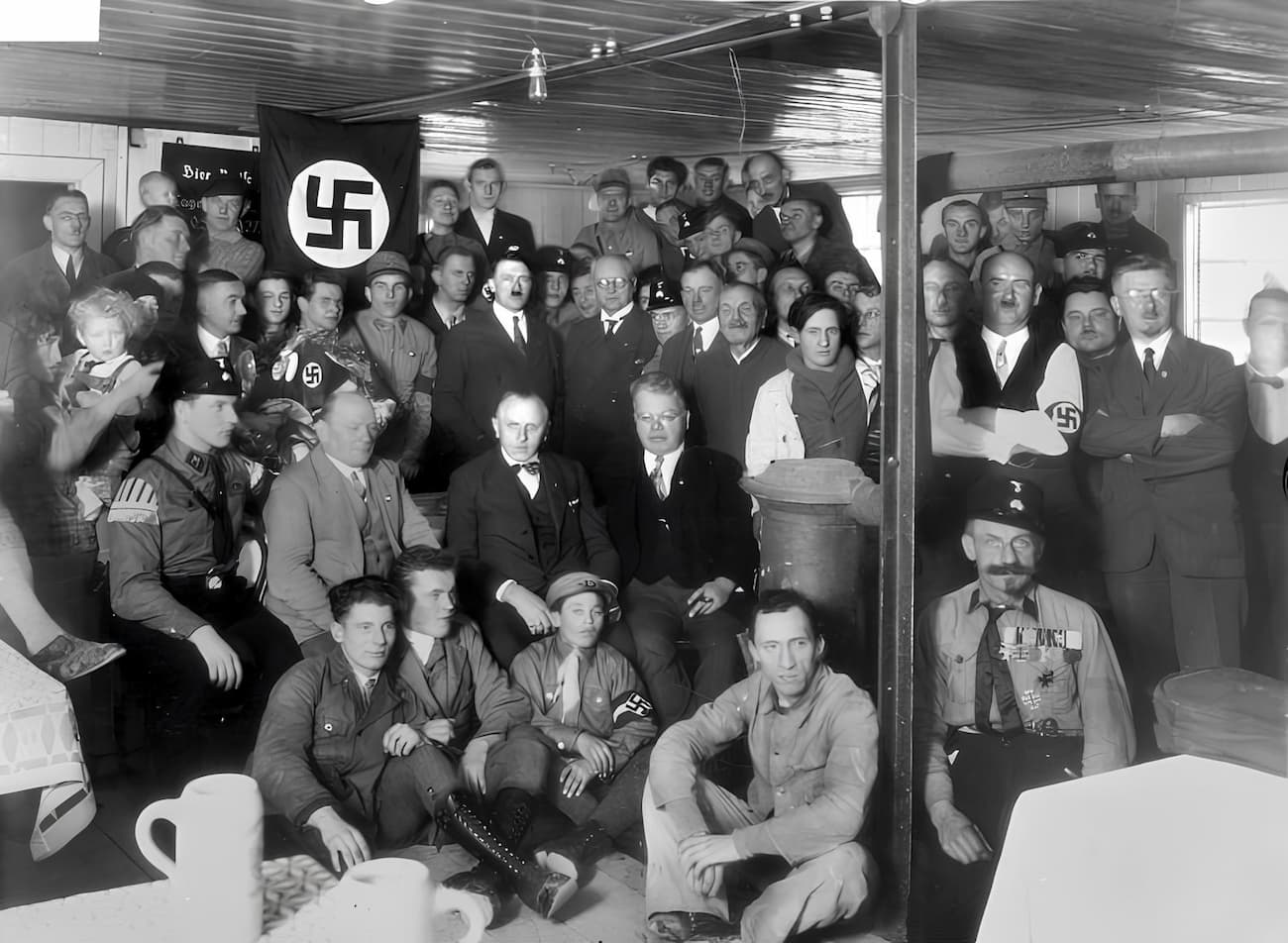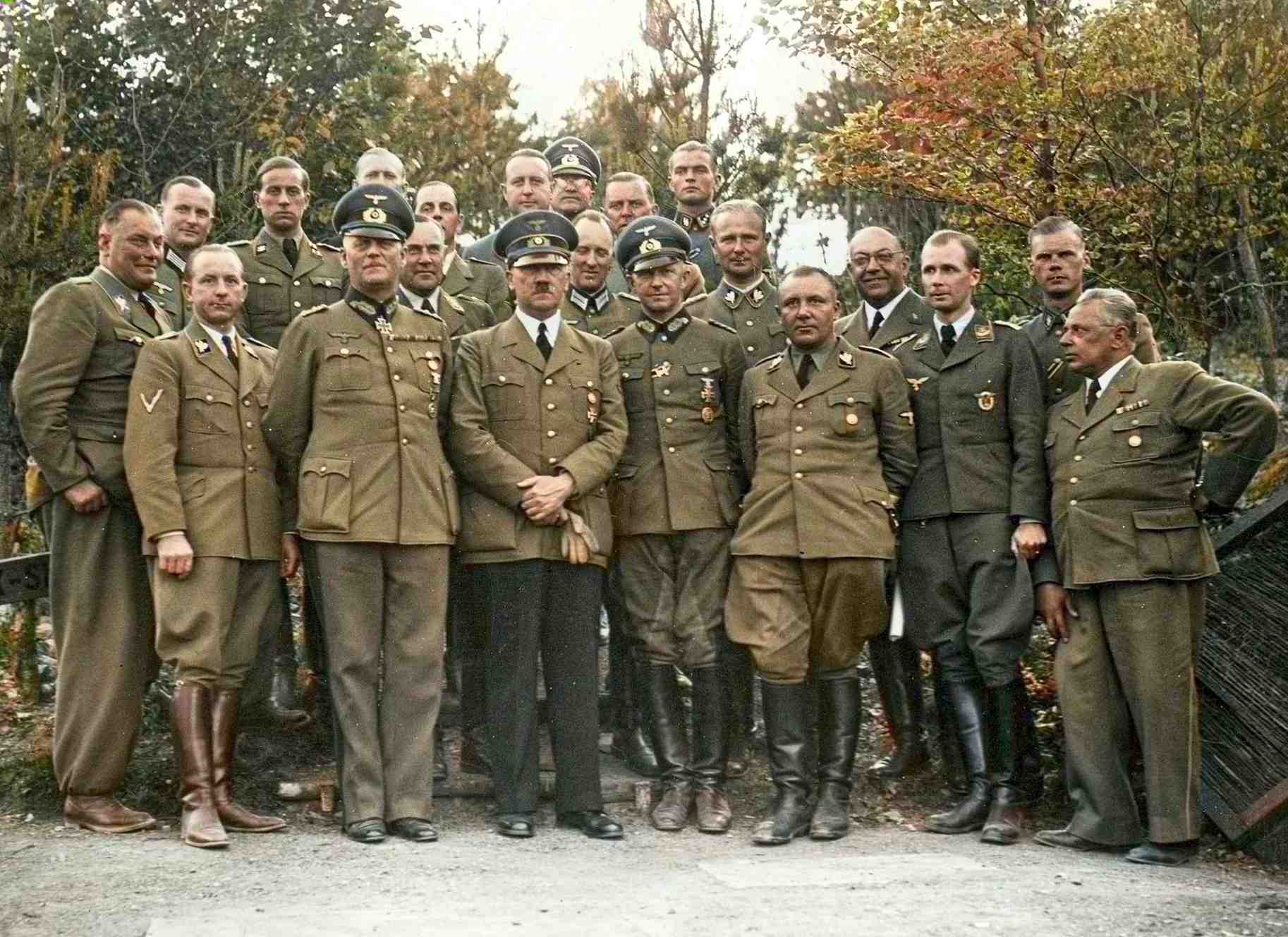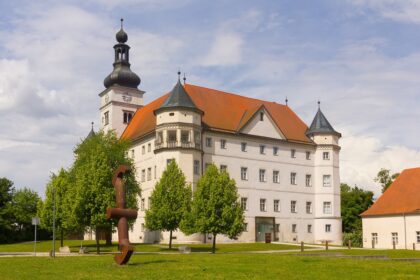On November 11, 1918, the armistice was signed, marking the end of World War I. The extreme right attributed this failure to the home front, Jews, Republicans, and the left.
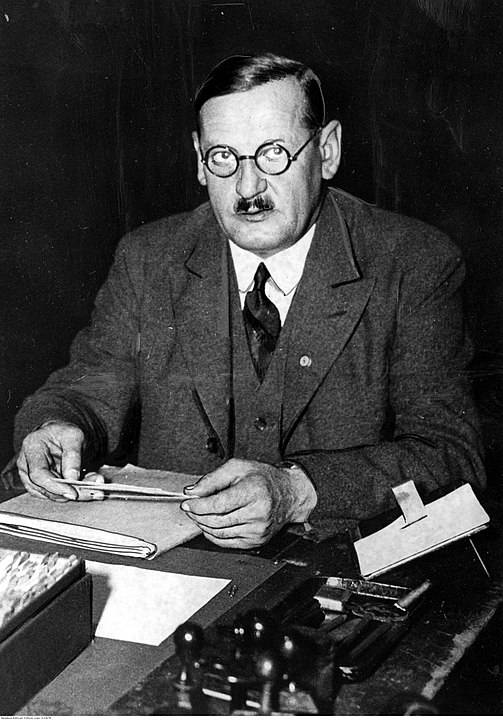
On January 5, 1919, the German Workers’ Party (DAP) was created by Anton Drexler. Among the founders of this far-right party were Dietrich Eckart, the editor of an anti-Semitic periodical, and the economist Gottfried Feder.
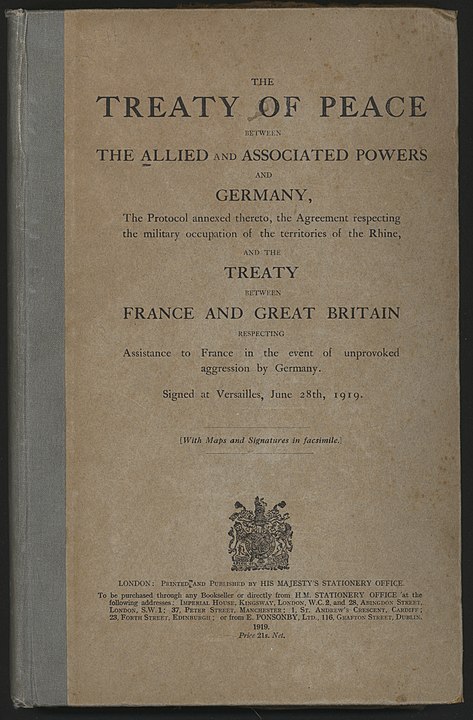
June 28, 1919, saw the signing of the Treaty of Versailles, attributing the overall responsibility for the war to Germany. Reparations and war indemnities of 269 billion Reichsmarks were demanded from the Germans.
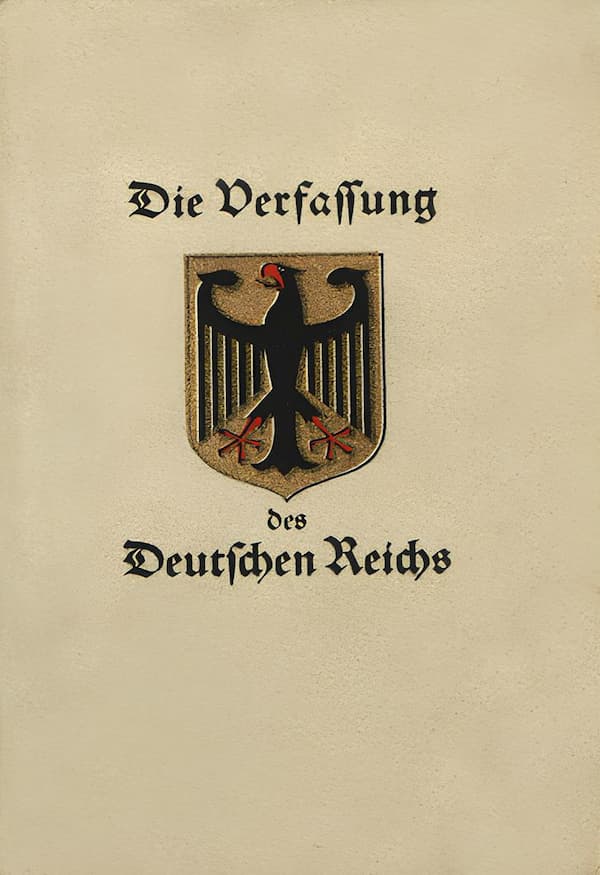
On August 11, 1919, the official birth of the Weimar Republic took place as it adopted a constitution. The German extreme right immediately rejected this parliamentary regime, considering it corrupt and guilty of signing the Treaty of Versailles.
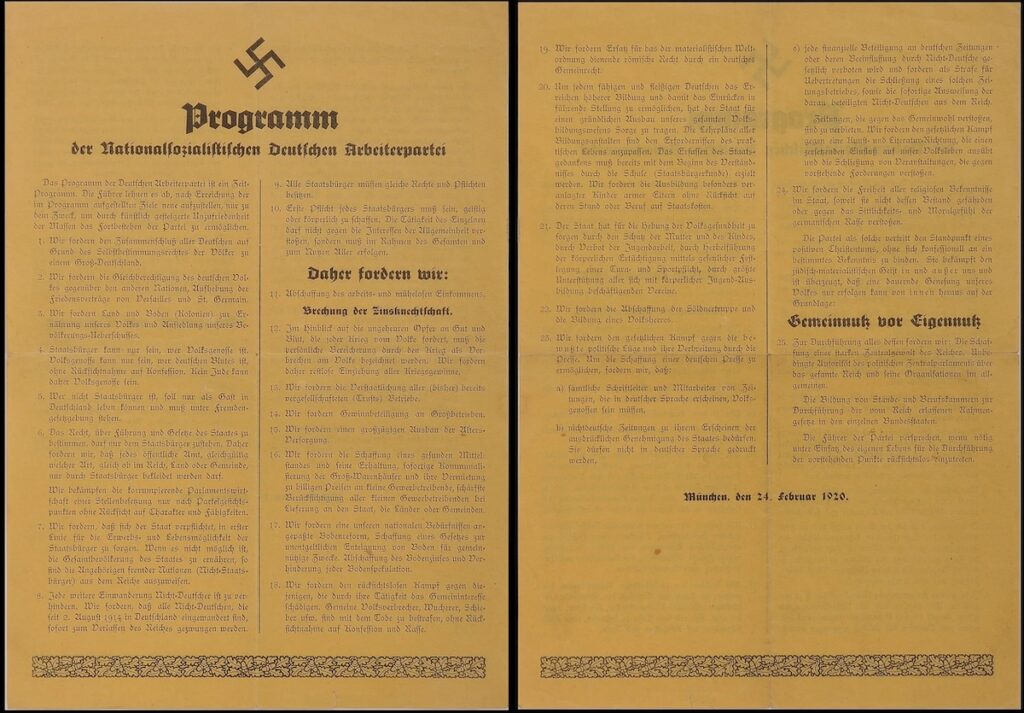
February 24, 1920, marked the transformation of the DAP into the National Socialist German Workers’ Party (NSDAP). The party advocated for a “racist and nationalist” state, with Adolf Hitler emerging as a prominent figure among its fervent supporters.
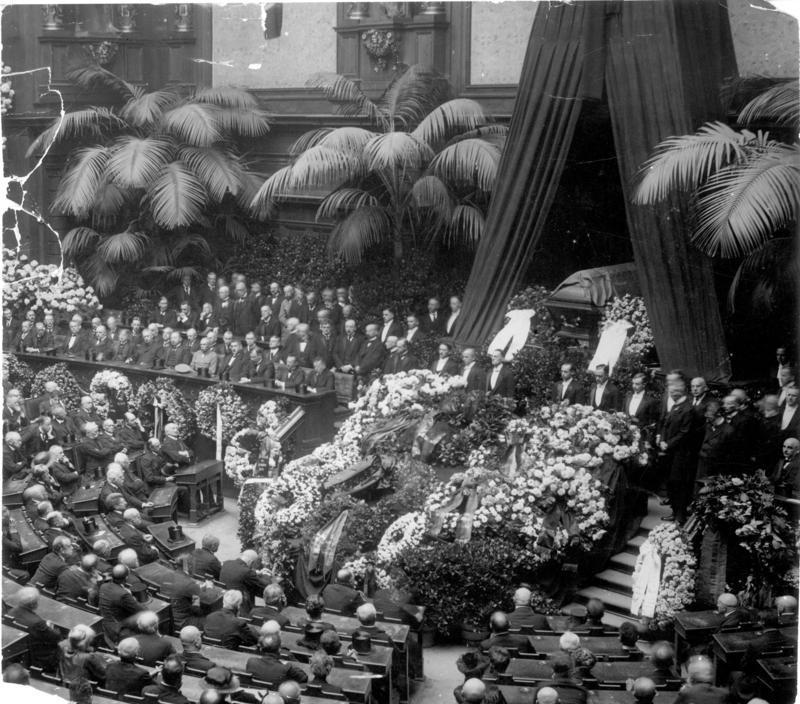
In less than a year, nationalist attacks on January 26, 1921, and June 24, 1922, claimed the lives of two Republicans: Matthias Erzberger, a signatory of the armistice, and the Jewish industrialist Walther Rathenau.
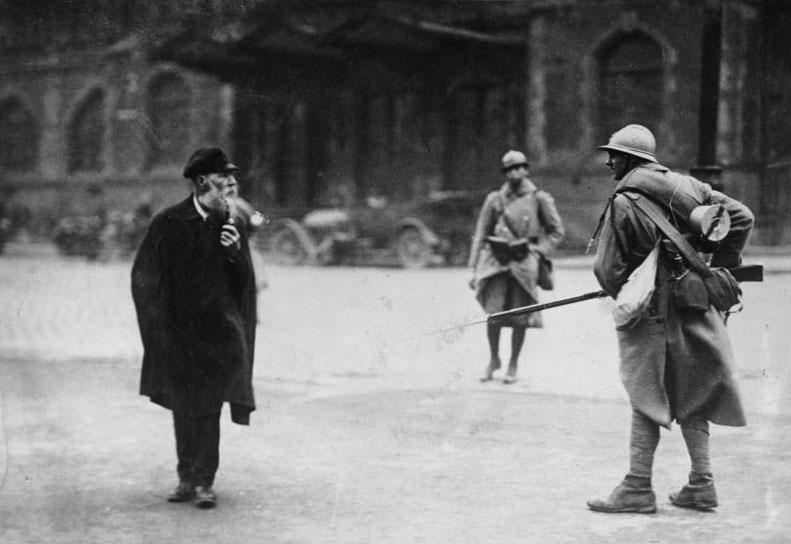
In January 1923, the occupation of the Ruhr occurred as France and Belgium conducted a military operation to forcefully claim war reparations from Germany. The NSDAP perceived it as another affront to the German people.

The failed Beer Hall Putsch on November 8 and 9, 1923, in Munich, led by Hitler and supported by Göring, Himmler, and Ludendorff, became a foundational myth of the Nazi Party.
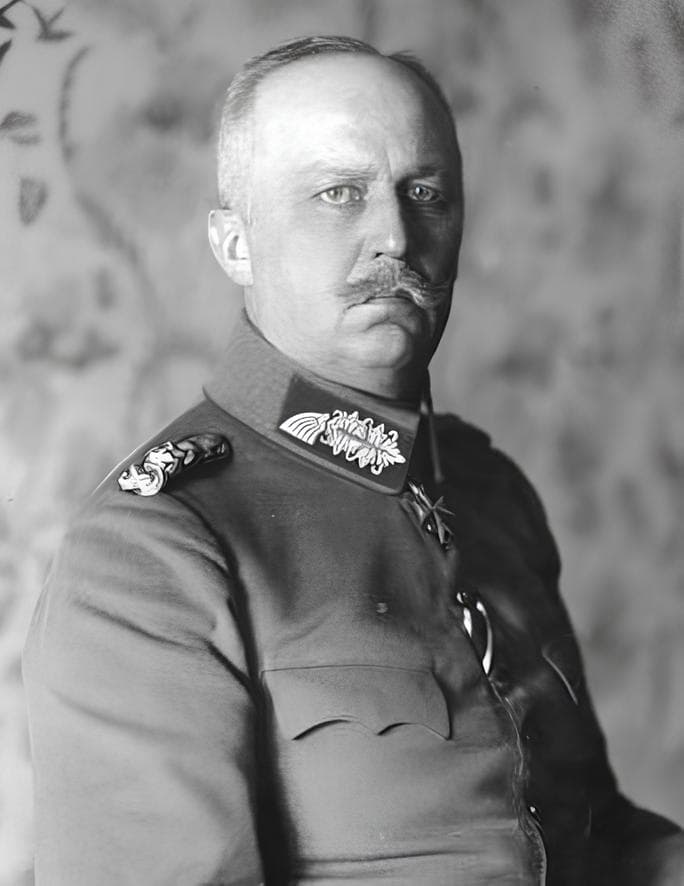
March 29, 1925, witnessed a presidential election in Germany. Erich Ludendorff, chief of the German armies in World War I and an active supporter of the NSDAP, was strategically pushed by Hitler to run in a presidential election destined for failure. Ludendorff secured only 1.1% of the votes in the first round.
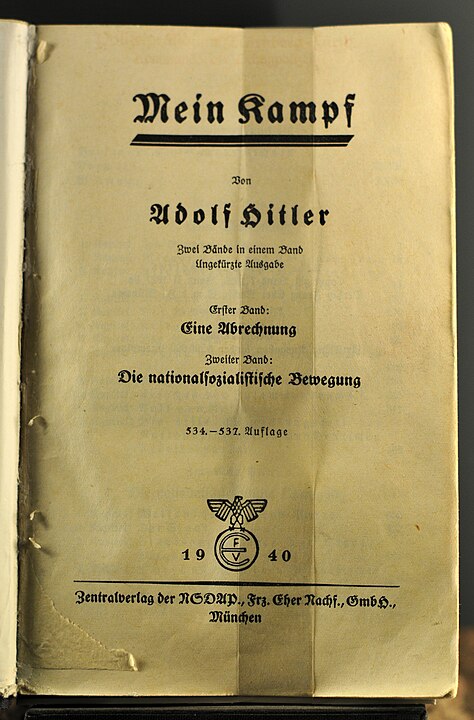
On July 18, 1925, Mein Kampf was published. Hitler, imprisoned after the failed putsch, wrote his manifesto behind bars with the assistance of Winifred Wagner, the daughter-in-law of Richard Wagner.
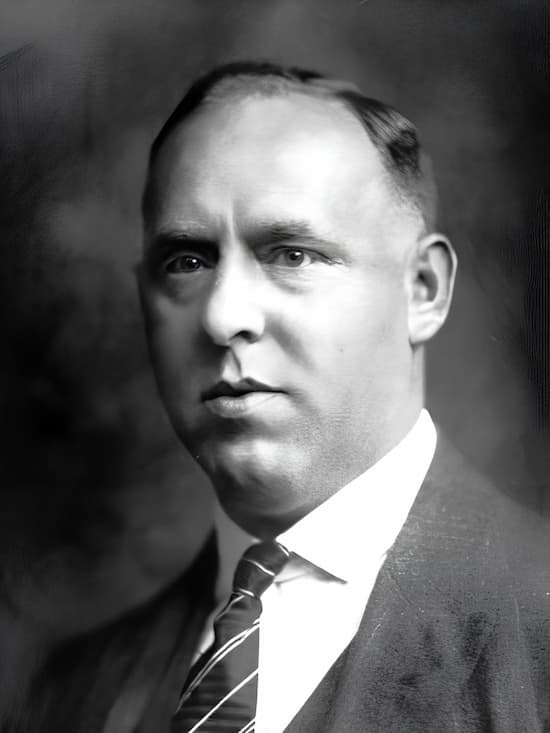
The Nazi Party congress in Bamberg on February 14, 1926, was convened by Hitler to solidify his legitimacy, gaining support from figures like Gregor Strasser and Joseph Goebbels from the left wing of the party.
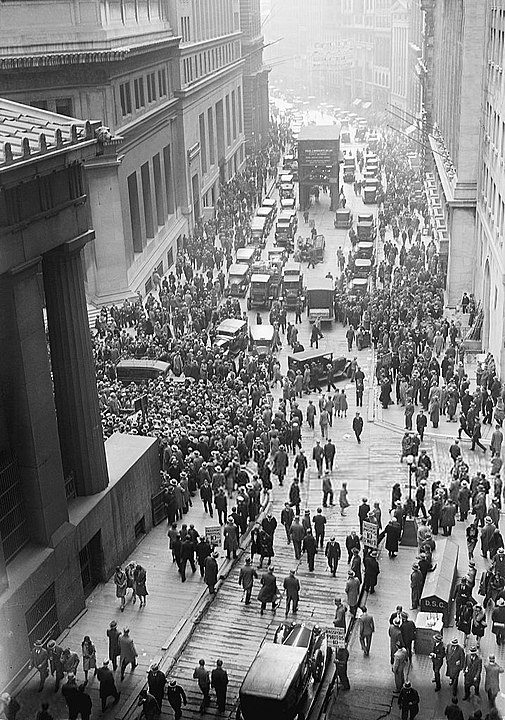
The Wall Street Crash on October 24, 1929, prompted the United States to withdraw its capital from Germany overnight. The NSDAP seized the opportunity to strengthen its nationalist discourse.
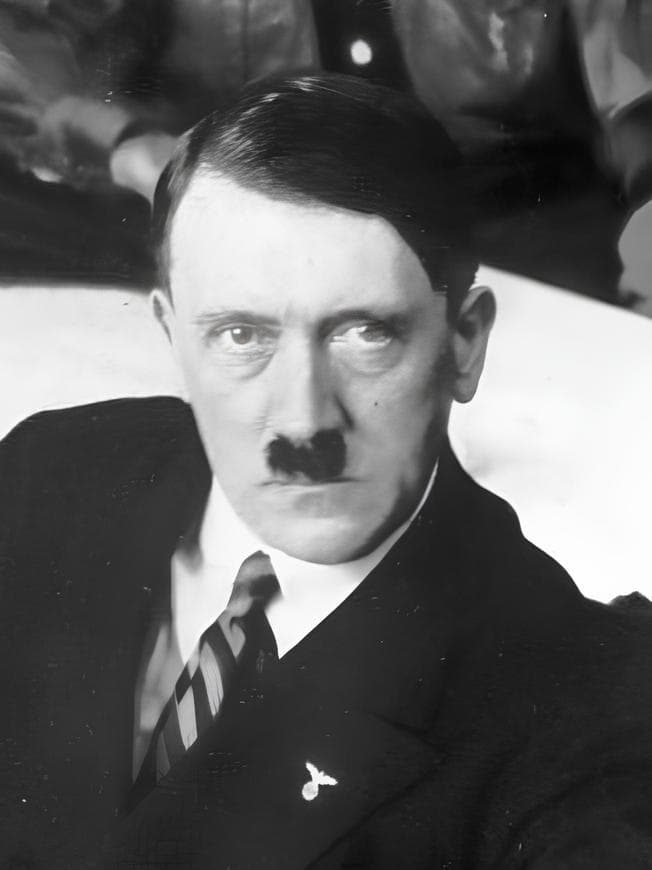
On September 14, 1930, the NSDAP secured 18.3% of the votes in the legislative elections, following the dissolution of the Parliament due to disagreements on unemployment insurance. Financial support from magnates like Emil Kirdorf, Fritz Thyssen, and Hjalmar Schacht contributed to the Nazi Party’s rise.
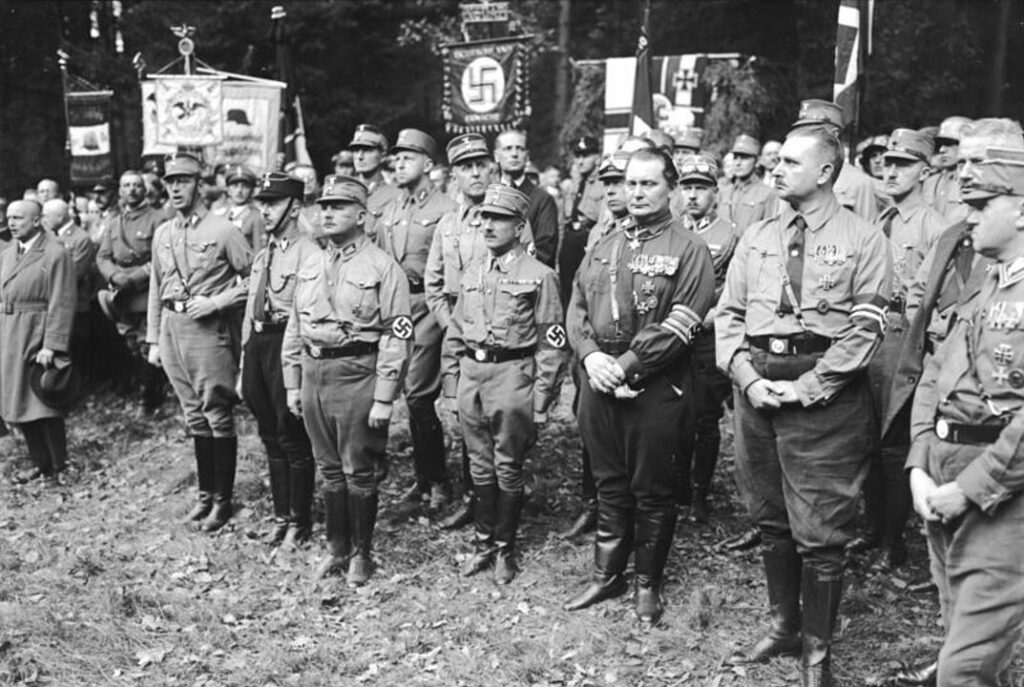
October 11, 1931, witnessed the creation of the “Harzburg Front,” an alliance of heavy industry employers and right-wing and far-right parties, including the NSDAP, opposing Chancellor Heinrich Brüning and advocating for a strong leader for Germany.
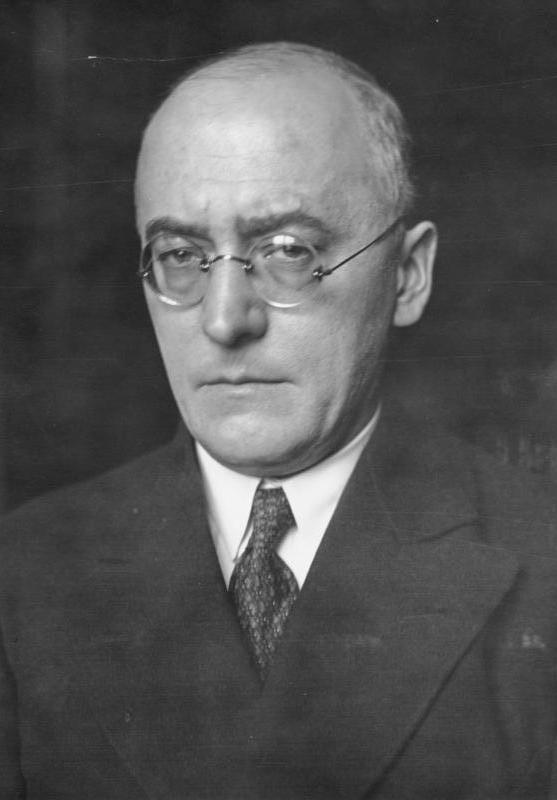
In February 1932, with unemployment at 33.8%, Brüning chose deflation to support the economy, leading to a 25% reduction in public spending, a 14% cut in unemployment benefits, and a 15% increase in taxes. Meanwhile, on February 25, 1932, Hitler obtained German citizenship.
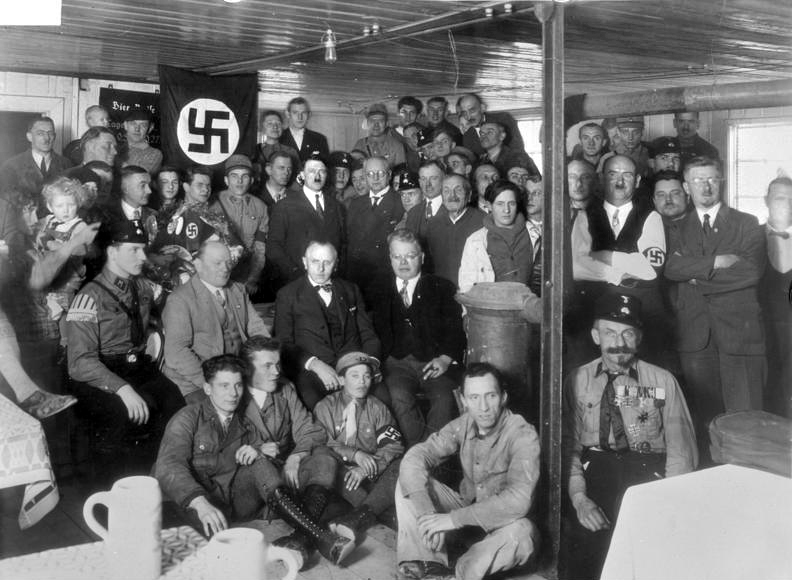
On July 31, 1932, the NSDAP became the largest party in Germany, securing 37.3% of the votes in the legislative elections, surpassing the Social Democratic Party (21.6%). President Paul von Hindenburg refused to appoint Hitler as chancellor.
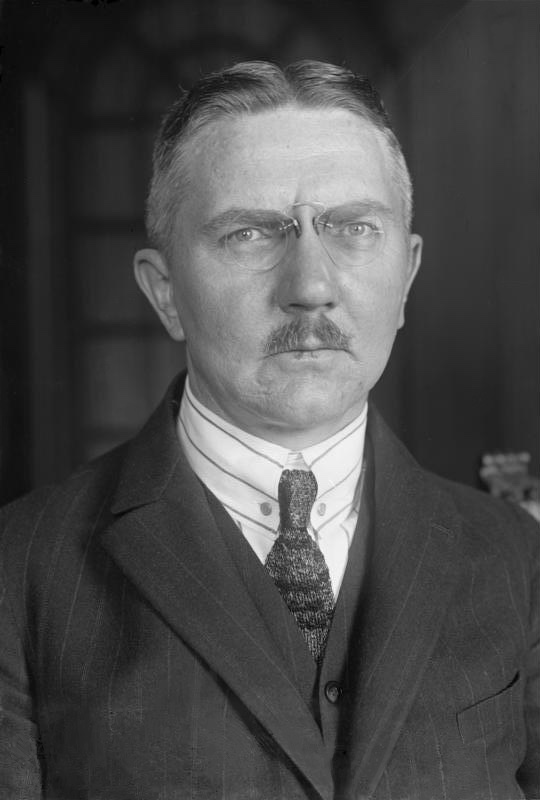
November 19, 1932, saw an appeal (Industrielleneingabe) from 19 financiers and industrialists to President Hindenburg to appoint Hitler as chancellor, but he refused. Göring, a Nazi party member, had been leading the Reichstag since August 30.
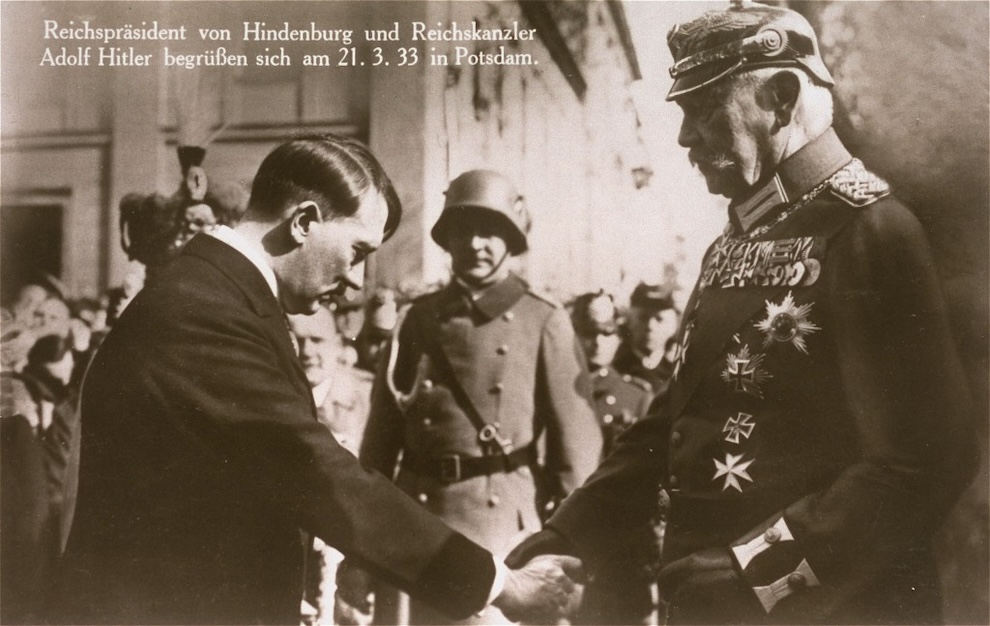
Finally, on January 30, 1933, Hitler was appointed chancellor as Hindenburg yielded after weeks of political intrigues, orchestrated in part by von Papen and the German National People’s Party (conservative), believing they could “control” the Führer.
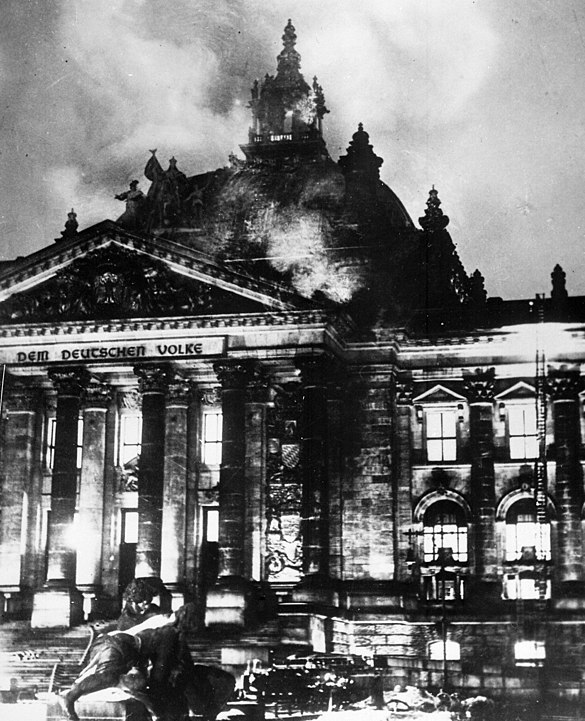
On February 27 and 28, 1933, the Reichstag Fire, a criminal act, was used by the Nazis to implement a policy of suspending individual liberties and suppressing communists. On March 23, after the arrest of 4,000 opponents, the new parliament passed the Enabling Act, granting Hitler full powers.


